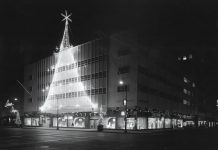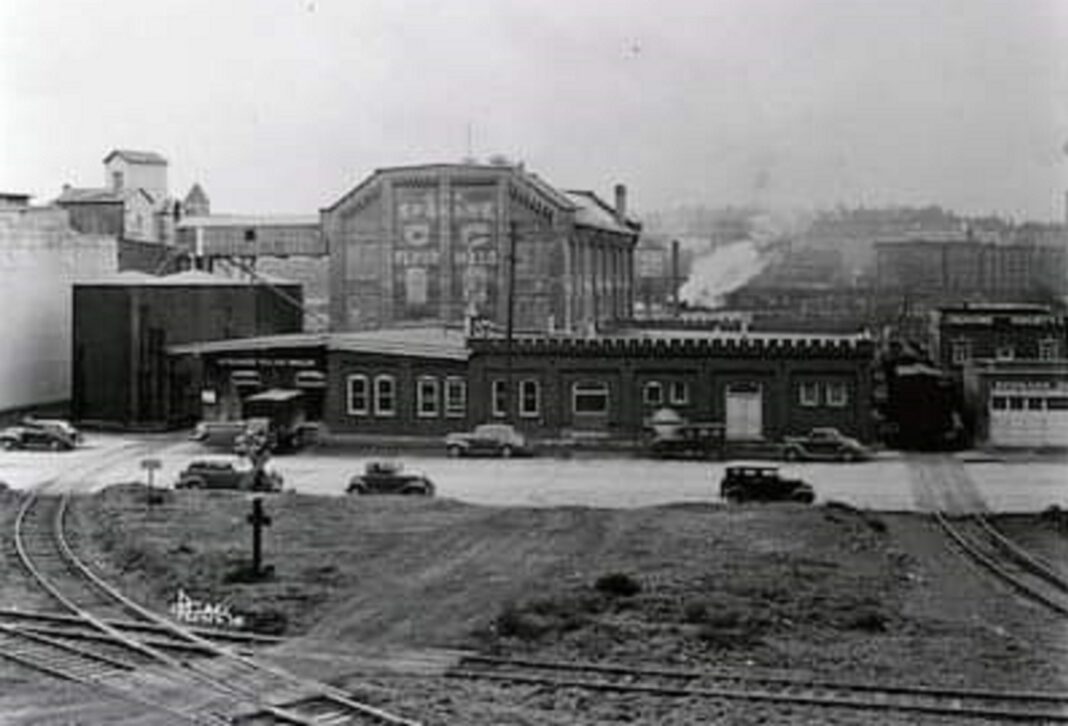Located adjacent to the Spokane Falls on the river’s north bank lies one of our city’s greatest treasures, known as the Spokane Flour Mill, or simply the Flour Mill to locals. Both rich in history and complexity, the building was constructed in 1895 and designed by the Edward P. Allis Company. Initially, it was supposed to be constructed on the southern bank of the Spokane River, where the water cascaded over the Spokane Falls. However, after the Great Spokane Fire of 1889 that burned most of what had been built in the new city, primarily hitting the south side of the river, the city decided it would be best to build the mill on the north side instead.
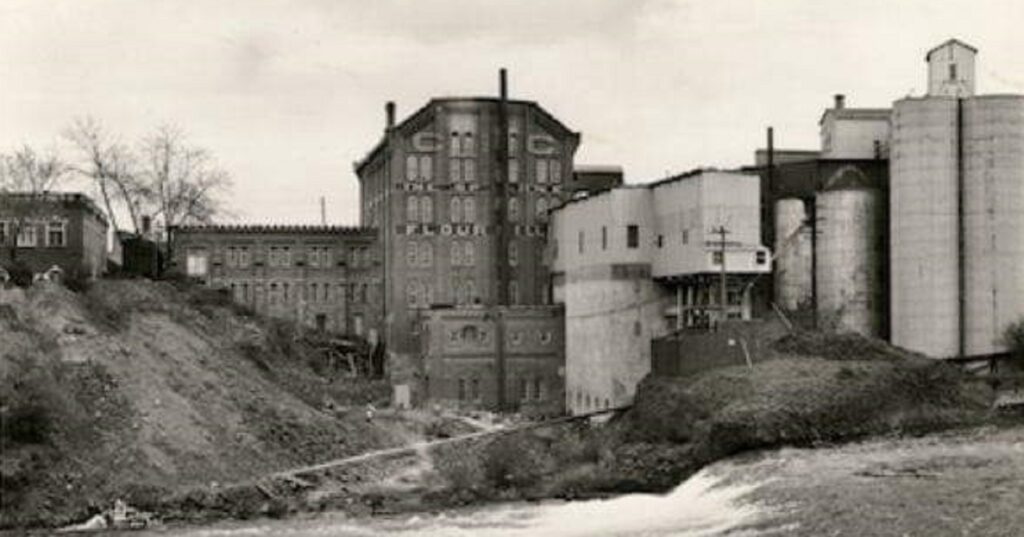
And thus, the story of Spokane’s Flour Mill began — a story that would ultimately lead to the property becoming entangled in a complex international lawsuit that would turn out to be one of the most explosive and longest fought battles in the city’s legal history.
The city itself purchased shares of the Spokane Falls Water Company for $27,000 after the Panic of 1893 crashed the local economy. That same year, the company was incidentally sold to the Northwestern Milling and Power Company. This second company was then mortgaged to a Dutch firm, Amsterdamsch Trustees Kantoor, for $300,000 in order to build a new grain and sawmill at the falls. Edward P. Allis, along with W.C. Care Milling Company, was then awarded the contract for the construction. The foundation of the Flour Mill was laid in September of 1895, and by December, construction was nearly complete at an estimated cost of $90,000.
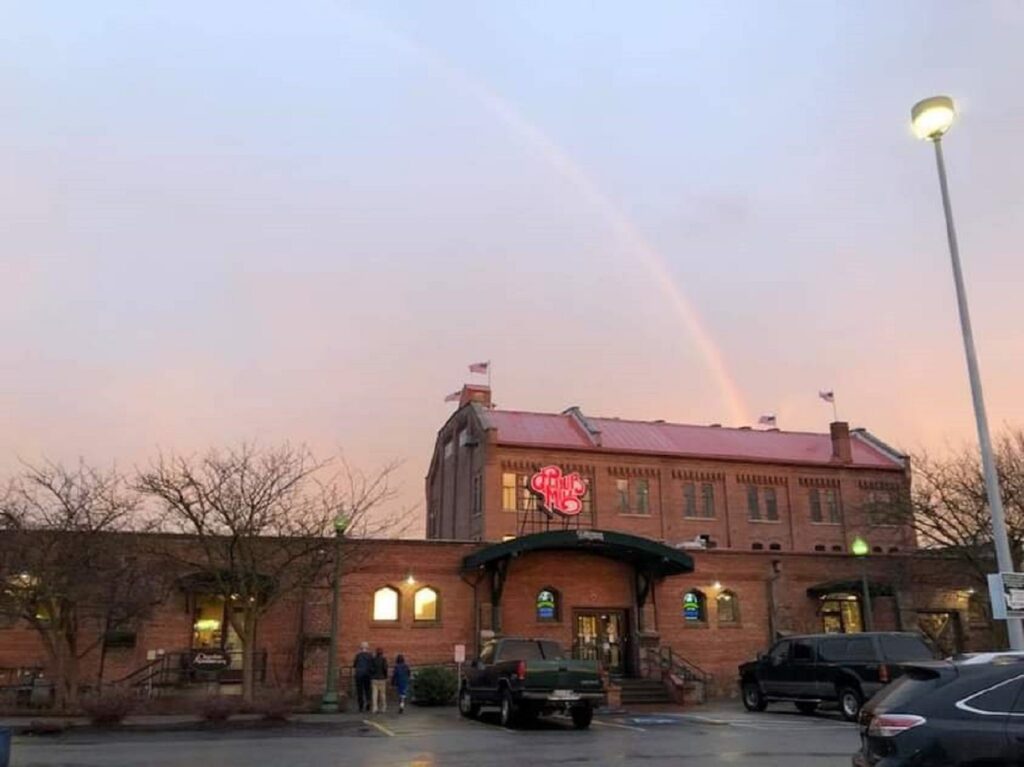
Once completed, the building itself did not become operational until 1900 due to the series of lawsuits that quickly manifested after its completion regarding ownership of the mill. It was an eruptive battle, resulting in the city ultimately suing Northwestern Milling and Amsterdamsch Trustees Kantoor foreclosing on its mortgage. The lawsuits traveled throughout the City of Spokane’s legal system, where they eventually made their way to the Washington Supreme Court itself. In the end, Amsterdamsch Trustees Kantoor ultimately won control of the mill and, in the process, won the case that would go down in Spokane’s history as the city’s most explosive and complex international lawsuit.
Despite the win, the trustees wouldn’t hold possession of the Flour Mill long. They decided to sell it to Washington Water Power in July of 1900, along with 27 acres of property along the falls. The following year, in 1901, the mill was incorporated as Inland Empire Milling, but three short years later, it was disincorporated and then reincorporated once again, this time as Spokane Flour Mill.
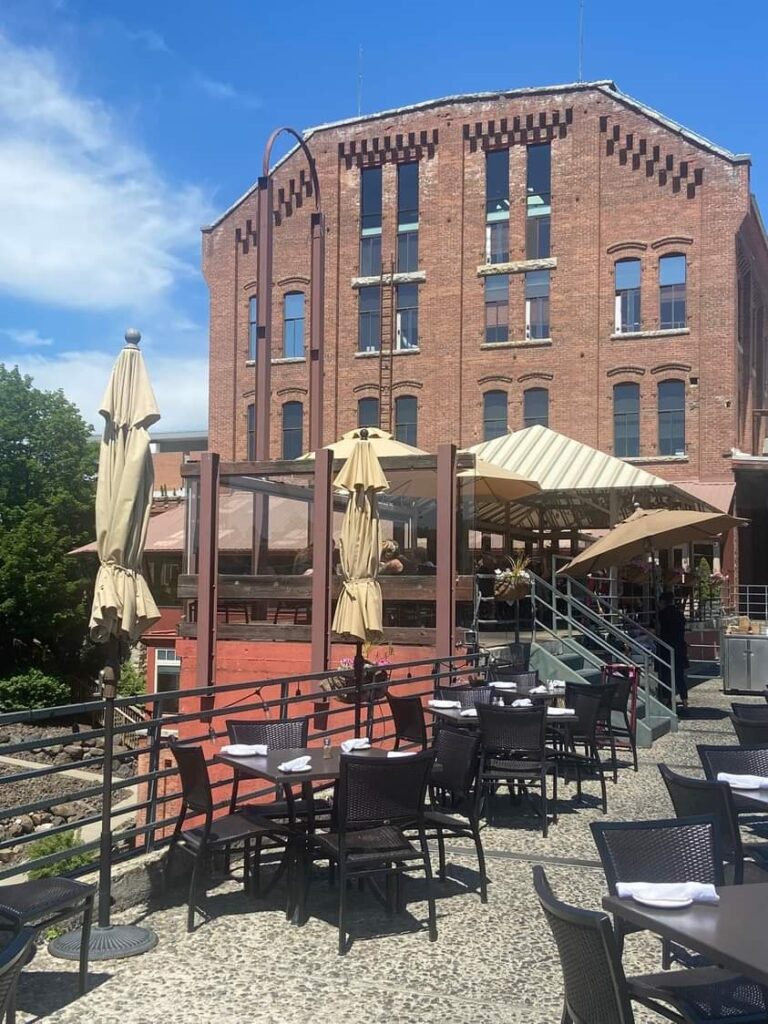
Even though the mill had a rocky start in Spokane’s early history, the next seven decades ran relatively smoothly for the now infamous historic building. It remained operational until 1972, when depreciation combined with increasingly obsolete equipment within the mill forced its closure. Still, it outlived the majority of the mills that had sprung up throughout Spokane’s early history. By the time of its closure, it was one of only two operational grain mills remaining in the area.
In the end, what ultimately saved the mill from demolishment like the others before it was a combination of fortuitous circumstances. Its location and timing were the key factors as Spokane was about to host the 1974 World’s Fair, and the location was to be the islands in the Spokane Falls and the south bank of the river adjacent to the falls. In preparation for the event, the building was renovated between 1973 and 1974, leading to the conversion of the building into a shopping center. As a result, the mill set the first example of historic preservation and adaptive reuse in conserving our city’s landmark buildings.

After the fair, the Flour Mill experienced a tremendous revitalization and was able to secure its spot as a permanent historic building in the beautiful Spokane community, joining the list of other prestigious historic infrastructures. It was added to the National Register of Historic Places in 1978, and in July of 1986, it was officially listed on the Spokane Register of Historic Places.
Today, the Flour Mill is one of Spokane’s most remarkable historical treasures, now housing an eclectic mix of local shops and restaurants for all to enjoy. It stands, reminding us of all of how far the city has come from its industrial roots and mirrors the city’s ability to adapt, leading us to a brighter future.

























